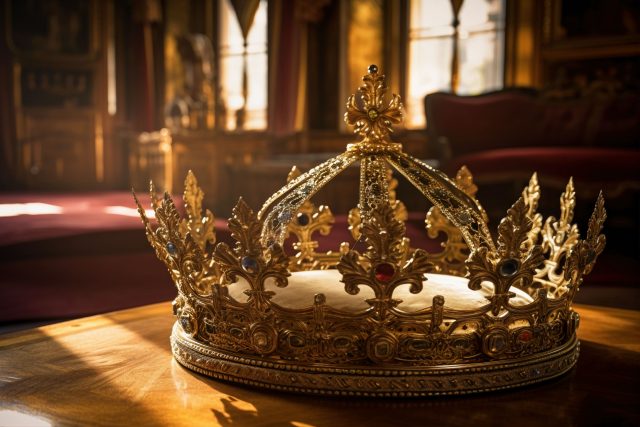
With the coronation of King Charles III of the United Kingdom, the debate on monarchies has come back into vogue, often seen by common belief as an anachronistic and medieval relic with no relevance to modern Europe, based on firmly democratic principles.
However, this notion is not entirely accurate or consistent with history or concrete reality. Currently, over 600 million people worldwide live in a monarchy, primarily of a parliamentary nature, accounting for more than 80% of the total. Monarchies exist not only in Muslim countries or isolated states where the monarchical form is a result of geographical circumstances.
Almost 20% of European Union citizens live in a monarchy, while just over 30% of G7 citizens have a king or queen as their head of state. This clearly demonstrates that monarchy is by no means a necessarily backward form of government or contrary to economic and social progress.
Furthermore, exactly half of the countries that initiated the European integration process are monarchies. The European Coal and Steel Community (ECSC) was formed by six states, including the Kingdom of Belgium, the Grand Duchy of Luxembourg, and the Kingdom of the Netherlands, all of which were ruled by Leopold III of Saxony-Coburg-Gotha (Belgium), Charlotte of Nassau-Weilburg (Luxembourg), and Juliana of Orange-Nassau (Netherlands) at the time. Three out of six member states were monarchies, with two of them being ruled by women.
Monarchies continued to increase in subsequent processes, with the European Economic Community seeing the accession of Denmark and Spain, not to mention the presence of the United Kingdom in the community institutions such as the European Parliament.
One family with a long noble heritage actively engaged in European politics is undoubtedly the House of Habsburg. The first to embark on the tradition of active political life after the fall of the Austro-Hungarian Empire was Archduchess Elisabeth Marie of Austria-Lorraine, who joined the Austrian Social Democratic Party (SPÖ) in 1921, becoming known as the “Red Archduchess,” as the local press called her before the Nazi invasion of Austria. In the SPÖ, she met Leopold Petznek, whom she married after divorcing Prince Otto of Windisch-Graetz. Petznek later became President of the Lower Austrian State Parliament after World War II.
Otto von Habsburg-Lorraine, Elisabeth Marie’s nephew and head of the House of Habsburg after the death of the last emperor, Charles, represented a true political institution within Europe. He strongly opposed the Nazi regime, which reciprocated the antipathy, perceiving the Habsburgs as a threat to Hitler’s project of unifying Germanic peoples under the banner of the Reich. Only in 1961 did Otto renounce any formal claim to the throne solely to regain Austrian citizenship. However, he lived permanently in Pöcking, Bavaria, where his political career began. He advocated for a Danubian federation among the Central European states. In 1979, he ran as a candidate for the Christian Social Union of Bavaria (CSU) in the European Parliament and was elected. During his twenty-year term, being re-elected three times until 1999, he worked tirelessly for the EU accession of states that had previously been part of the Empire, such as Hungary, Slovenia, and Croatia, all of which are now firmly within the EU. He retired from the European Parliament in 1999 at the age of 87.
Two of Otto’s children, in particular, have been highly engaged in politics. The most notable case is that of Walburga von Habsburg-Lorraine: in 1989, she organized a picnic along the Austrian-Hungarian border, which at the time separated the opposing blocs under the Iron Curtain, contributing to the fraternity among peoples that eventually led to the fall of communism. After marrying a Swedish count, she moved to Sweden and became the President of the local section of Flen within the Moderate Party (Swedish center-right party). She later served as a regional councilor and was elected to the Riksdag, the national parliament, in 2006, holding the position until 2014. She also served as the President of the parliamentary delegation to the OECD.
Charles von Habsburg-Lorraine, who succeeded his father Otto as the head of the House of Habsburg in 2007, has focused his attention on the family legacy and has partially set aside his political life. Nonetheless, he was a “colleague” of his father in the European Parliament, having been elected in 1996 and serving until 1999, representing the Austrian People’s Party (ÖVP), the historical rival of the SPÖ, in which his great-aunt Elisabeth Marie was involved.
The stories of the Habsburgs, among many other noble families, illustrate how the bond between European monarchies and the process of democratic and institutional development of the European Union is strong and non-conflicting.



 Subscribe
Subscribe